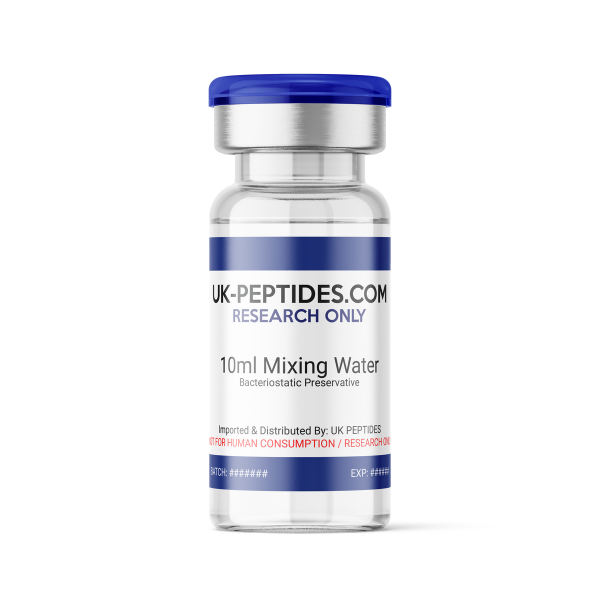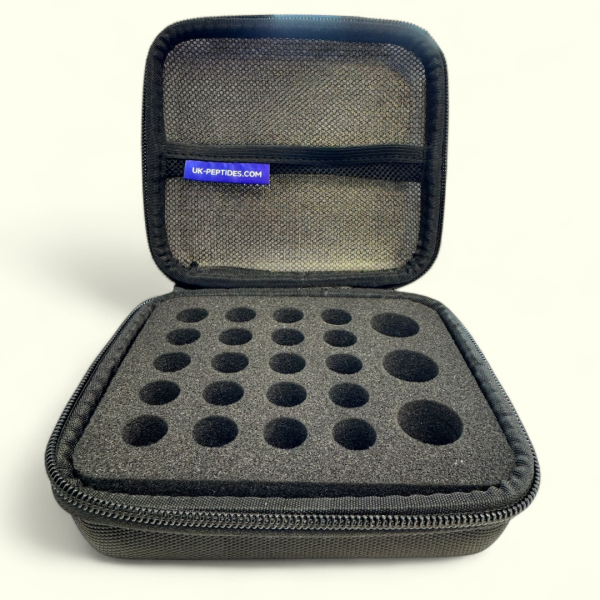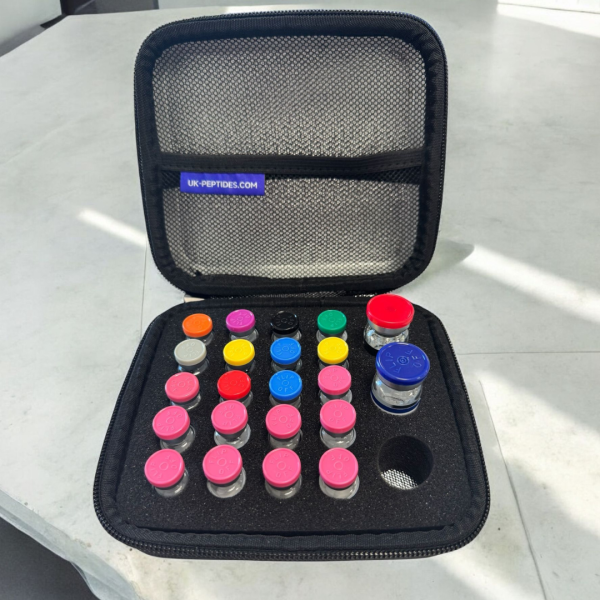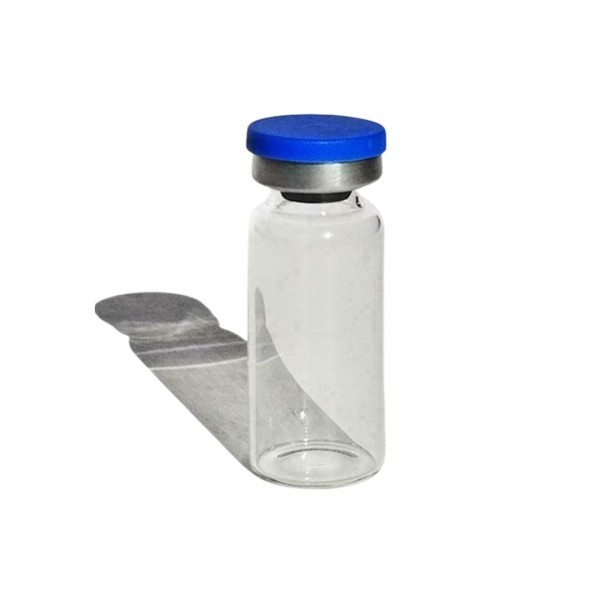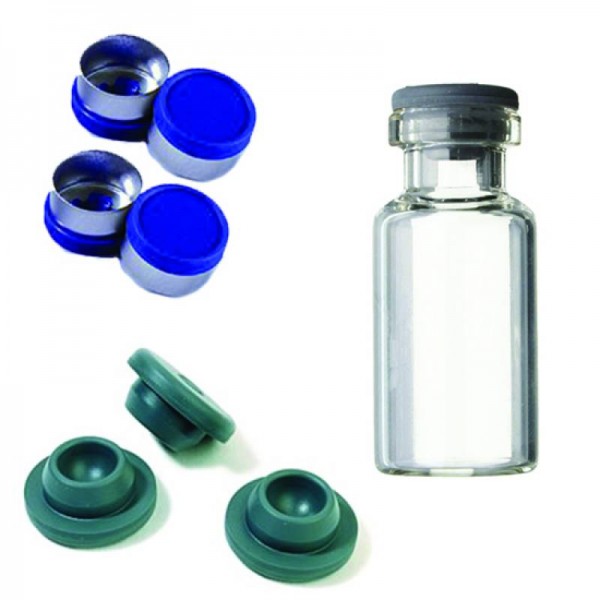Everything You Need to Know About Reconstituting Peptides
Peptides are increasingly gaining traction in various research fields. To achieve the best outcomes, it’s crucial to understand the ins and outs of peptide storage and reconstitution. This comprehensive guide will walk you through essential tips for maintaining peptides' highest quality and effectiveness.
Peptide Storage: Preserving Quality and Stability
Proper storage is vital for maintaining the stability and potency of peptides. Peptides in their lyophilised (freeze-dried) form are safe for transport as they are protected from UV light and remain stable in a freeze-dried state. However, we recommend refrigerating them as soon as possible upon arrival to ensure proper storage and extend their longevity.
At UK Peptides, we take storage seriously. We maintain peptides in a controlled environment with a temperature-controlled walk-in freezer and three medical fridges, all closely monitored for optimal temperature stability. Peptides stored at -20°C in a freezer will remain stable for up to 48 months, making this ideal for long-term storage. When you receive peptides, it’s best to store them immediately in your refrigerator (2-8°C) or freezer (-20°C) for extended preservation. For added protection, you can also purchase one of our storage cases.
Note: Peptides degrade gradually over time, and degradation doesn’t mean reduced potency initially. However, as peptides break down, they can lose their structure and charge, leading to fragmentation and eventual loss of effectiveness.
Storage Duration Guidelines for Peptides
Below is a table summarising ideal storage durations for different types of peptides:
| Type of Peptide | Lyophilised Storage Duration | Reconstituted Storage Duration |
|---|---|---|
| Basic Peptides | Up to 48 months at -20°C | 2 - 8 weeks at 2-8°C |
| Acidic Peptides | Up to 48 months at -20°C | 2 - 8 weeks at 2-8°C |
| Neutral Peptides | Up to 48 months at -20°C | 2 - 8 weeks at 2-8°C |
| Hydrophobic Peptides | Up to 48 months at -20°C | 2 - 8 weeks at 2-8°C |
| Hydrophilic Peptides | Up to 48 months at -20°C | 2 - 8 weeks at 2-8°C |
Peptide Reconstitution: Achieving Optimal Results
Peptides are typically supplied in lyophilised powder form, requiring reconstitution. For best results, allow both the peptide vial and the mixing solution (e.g., bacteriostatic water) to reach room temperature before mixing. This helps avoid issues like cloudiness that may occur when cold solutions are combined.
Equalising Pressure in the Vial
When reconstituting, it’s essential to equalise the pressure in the vial. Due to the drying process, some vials may have a vacuum, while others could have positive pressure. To balance this, insert a syringe that’s half-filled with air into the vial's rubber stopper. The syringe will either pull in or release air, stabilising the pressure. This prevents solution loss once it’s added, as excess pressure may cause peptides to spray out through the stopper.
Choosing the Right Solvent and Mixing Technique
Bacteriostatic water is commonly used for reconstitution, although some peptides may require acetic acid for complete dissolution. For hydrophobic peptides, a 50% aqueous acetic acid solution can be helpful. Create a stock solution at a higher concentration than necessary, allowing for later dilution with the assay buffer.
Mixing: Gently swirl the vial until the peptide is fully dissolved. Avoid vigorous shaking, as this can damage the peptide structure.
Avoid Excessive Solution Volumes
Adding too much solution can fragment and break down peptides. Use between 1 to 2.5 ml of solution for reconstitution unless specific studies confirm that a higher volume is safe. Excessive dilution can compromise peptide integrity, potentially reducing effectiveness.
Additional Tips for Peptide Reconstitution
- Incomplete Dissolution: If particles remain in the solution, sonication can help ensure complete dissolution.
- Filtration for Purity: To prevent bacterial contamination, consider filtering through a 0.2 µm filter.
- Refrigeration: Once reconstituted, store peptides at 2-8°C to maintain potency, typically for up to eight weeks.
Conclusion
Understanding proper peptide storage and reconstitution techniques is essential for preserving their quality, stability, and effectiveness. By following the guidelines in this guide, you’ll be well-prepared to handle peptides in your research or personal health endeavours with confidence and precision.

